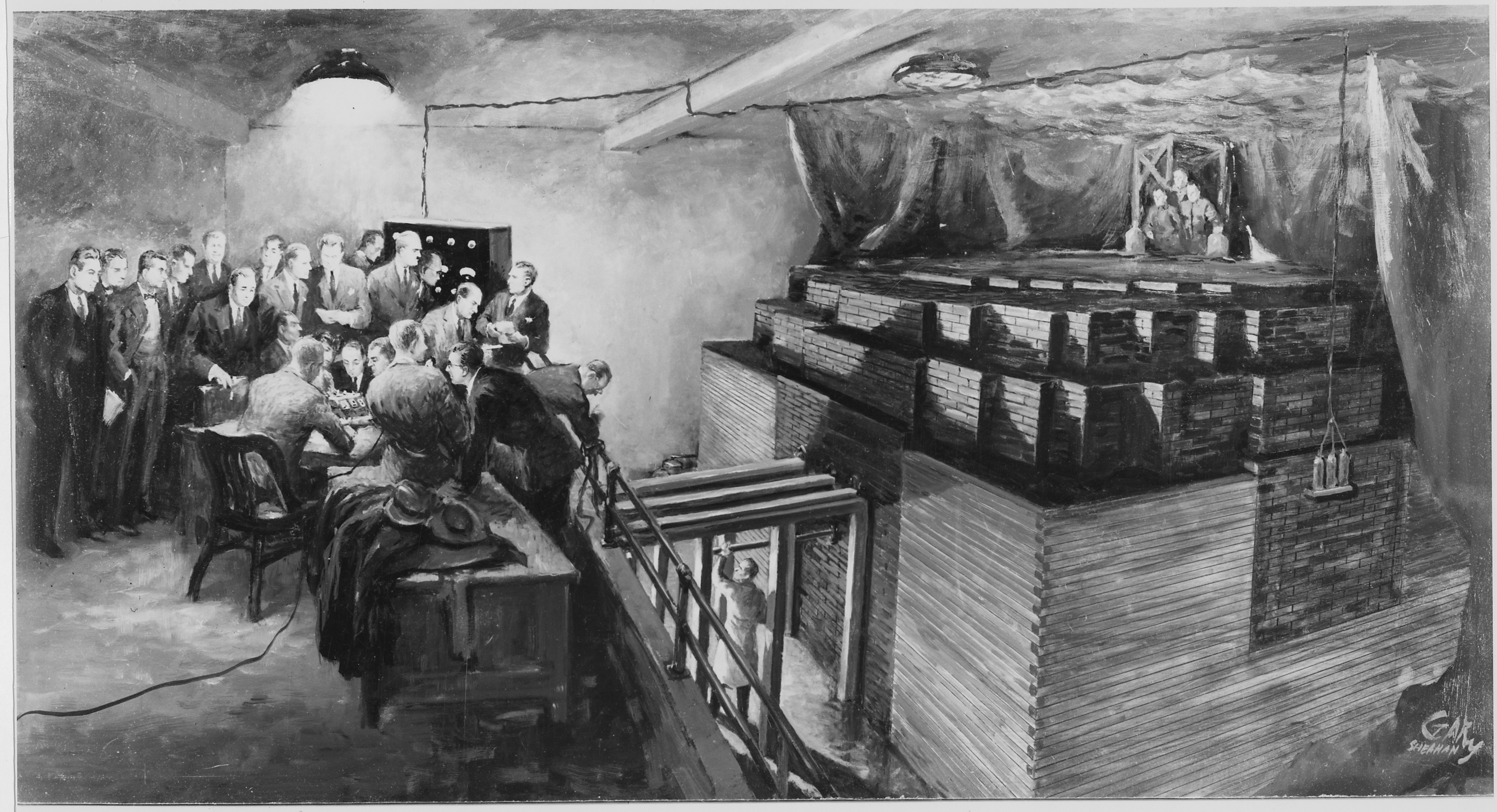By Katja Grace, 1 November 2020, Crossposted from world spirit sock puppet.
Sometimes we think of ‘artificial intelligence’ as whatever technology ultimately automates human cognitive labor.
I question this equivalence, looking at past automation. In practice human cognitive labor is replaced by things that don’t seem at all cognitive, or like what we otherwise mean by AI.
Some examples:
- Early in the existence of bread, it might have been toasted by someone holding it close to a fire and repeatedly observing it and recognizing its level of doneness and adjusting. Now we have machines that hold the bread exactly the right distance away from a predictable heat source for a perfect amount of time. You could say that the shape of the object embodies a lot of intelligence, or that intelligence went into creating this ideal but non-intelligent tool.
- Self-cleaning ovens replace humans cleaning ovens. Humans clean ovens with a lot of thought—looking at and identifying different materials and forming and following plans to remove some of them. Ovens clean themselves by getting very hot.
- Carving a rabbit out of chocolate takes knowledge of a rabbit’s details, along with knowledge of how to move your hands to translate such details into chocolate with a knife. A rabbit mold automates this work, and while this route may still involve intelligence in the melting and pouring of the chocolate, all rabbit knowledge is now implicit in the shape of the tool, though I think nobody would call a rabbit-shaped tin ‘artificial intelligence’.
- Human pouring of orange juice into glasses involves various mental skills. For instance, classifying orange juice and glasses and judging how they relate to one another in space, and moving them while keeping an eye on this. Automatic orange juice pouring involves for instance a button that can only be pressed with a glass when the glass is in a narrow range of locations, which opens an orange juice faucet running into a spot common to all the possible glass-locations.
Some of this is that humans use intelligence where they can use some other resource, because it is cheap on the margin where the other resource is expensive. For instance, to get toast, you could just leave a lot of bread at different distances then eat the one that is good. That is bread-expensive and human-intelligence-cheap (once you come up with the plan at least). But humans had lots of intelligence and not much bread. And if later we automate a task like this, before we have computers that can act very similarly to brains, then the alternate procedure will tend to be one that replaces human thought with something that actually is cheap at the time, such as metal.
I think a lot of this is that to deal with a given problem you can either use flexible intelligence in the moment, or you can have an inflexible system that happens to be just what you need. Often you will start out using the flexible intelligence, because being flexible it is useful for lots of things, so you have some sitting around for everything, whereas you don’t have an inflexible system that happens to be just what you need. But if a problem seems to be happening a lot, it can become worth investing the up-front cost of getting the ideal tool, to free up your flexible intelligence again.



I gained newly thank you for promoting quality content. This information was more effective, well explained to understand easily.